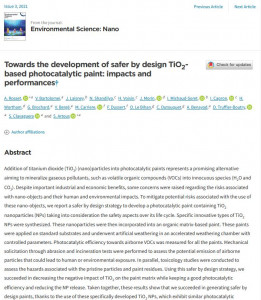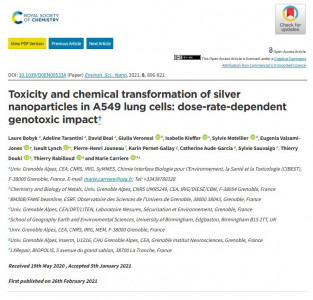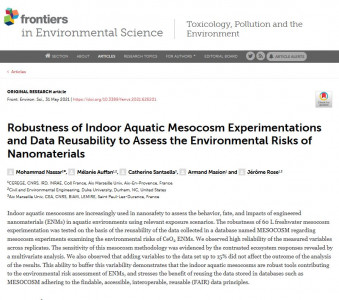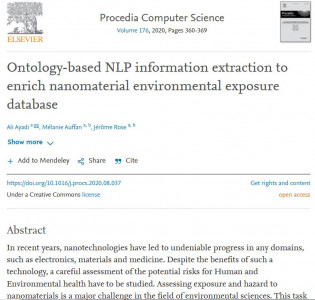Article on "The shape and speciation of Ag nanoparticles drive their impacts on organisms in a lotic ecosystem" by Auffan, M., Santaella, C., Brousset, L., Tella, M., Morel, E., Ortet, P., ... & Levard, C. (2020).
Abstract:
Silver nanomaterials with different shapes (spheres, plates, wires, rods, cubes) are valued by industries and scientists for their shape-dependent properties which make them useful for diverse applications. In a safer-by-design perspective, controlling the shape of silver nanomaterials could be an option to increase their properties while lowering either their hazard or their exposure potentials. Nine indoor aquatic mesocosms reproducing a lotic ecosystem were contaminated with chronic low-level additions of Ag nanospheres (Sp-Ag) and nanoplates (Pl-Ag) for a month. A shape-dependent impact under such environmentally relevant exposure conditions was observed. Pl-Ag induced a moderate oxidative stress in adult Gammarus fossarum (after molting) and a hormesis effect on planktonic microbial communities, while Sp-Ag had no effect. In an environmental risk perspective, our results highlight which ecological niches of a lotic ecosystem would be more impacted by Pl-Ag: (i) >72% of the total Ag was found fully sulfidized in surficial sediment and had only a moderate impact on benthic macro-organisms, (ii) only 11% to 15% of the Ag remained in the water column after 1 month, but Ag was under a more reactive speciation that impacts the planktonic community.









